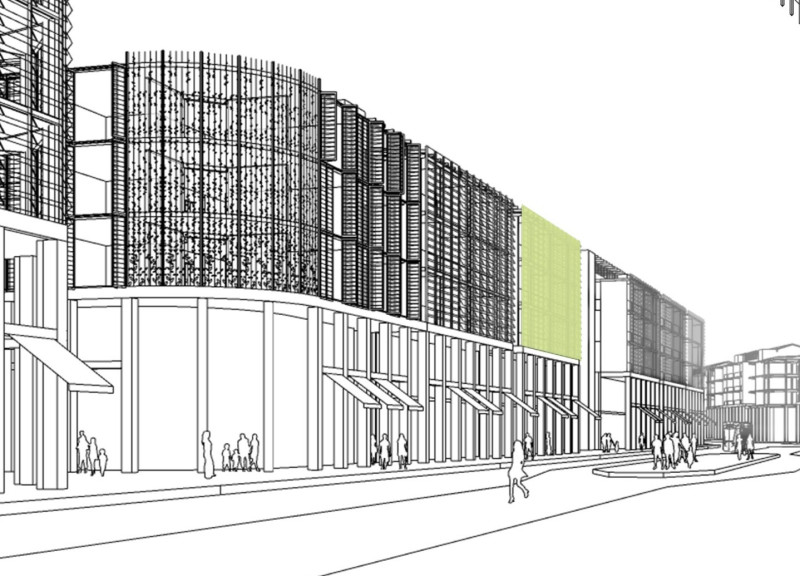5 key facts about this project
The design located in Champigny, France, aims to create affordable housing that fits well into the existing urban environment. Situated just a short bicycle ride from central Paris and major universities, the setting is ideal for enhancing both community living and local connectivity. The concept focuses on connecting residential areas with an extensive transportation network, fostering a sense of community among residents through well-planned public spaces.
Transport Network Integration
The project includes a comprehensive transportation system that improves accessibility within Champigny and the surrounding areas. Key elements include the Airport Freight Rail, Metro Extension, Regional Express Route (RER), Grand Paris Express (GPE), Tram, and Velobahn. This network is designed to make travel easier for both residents and visitors, encouraging economic activity in the area.
Affordable Housing Strategy
A significant objective is to provide affordable housing that meets the needs of the local population. The design prioritizes low-maintenance housing solutions to encourage long-term residency. By breaking away from traditional social housing models, the initiative promotes a balanced approach to construction, maintenance, and access, allowing for a diverse community.
Community-Centric Design
The design emphasizes the importance of community spaces, integrating public areas that support social interaction. Outdoor courtyards and gathering spots provide green spaces with amenities such as bike storage and flexible areas for both public use and retail. These features are intended to create a welcoming atmosphere that fosters a sense of belonging.
Sustainable Practices and Materials
Sustainability is a key element throughout the design. The layout encourages pedestrian movement and cycling while reducing reliance on cars. The use of Cross Laminated Timber (CLT) in construction supports efficient building practices, allowing for quicker assembly of housing units while minimizing waste. This approach enables a variety of living arrangements suited to different needs.
The final design incorporates green courtyards that not only enrich the urban landscape but also promote biodiversity and interaction among residents.





















































